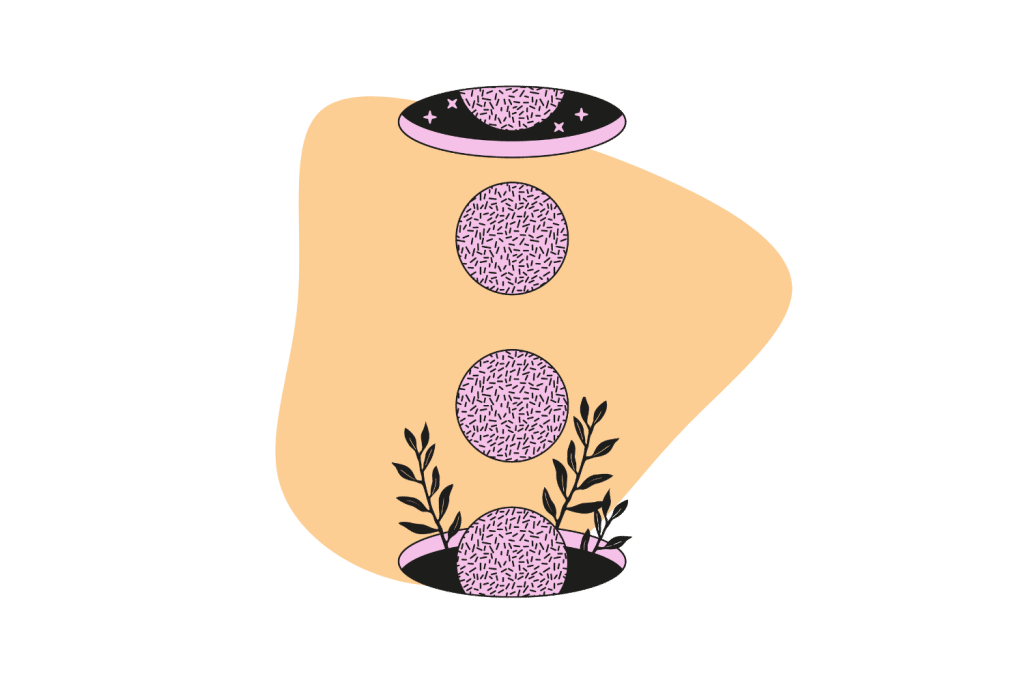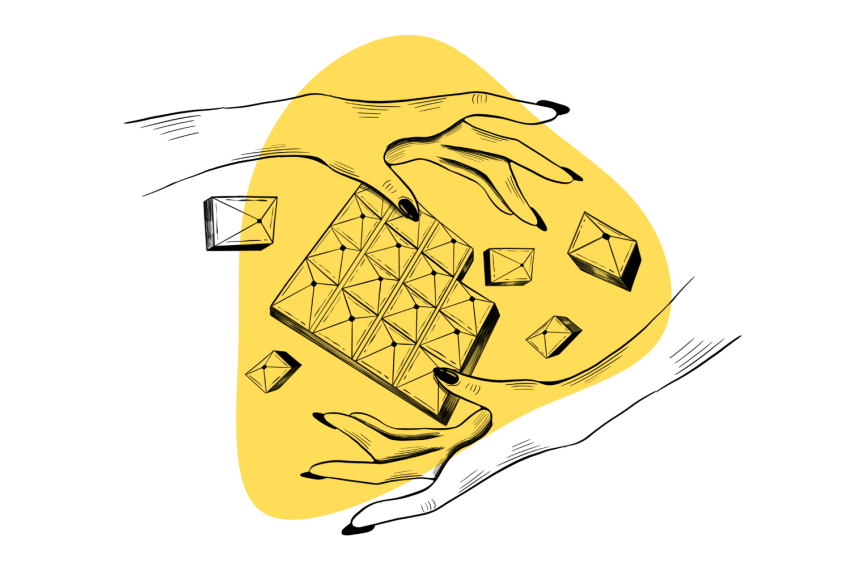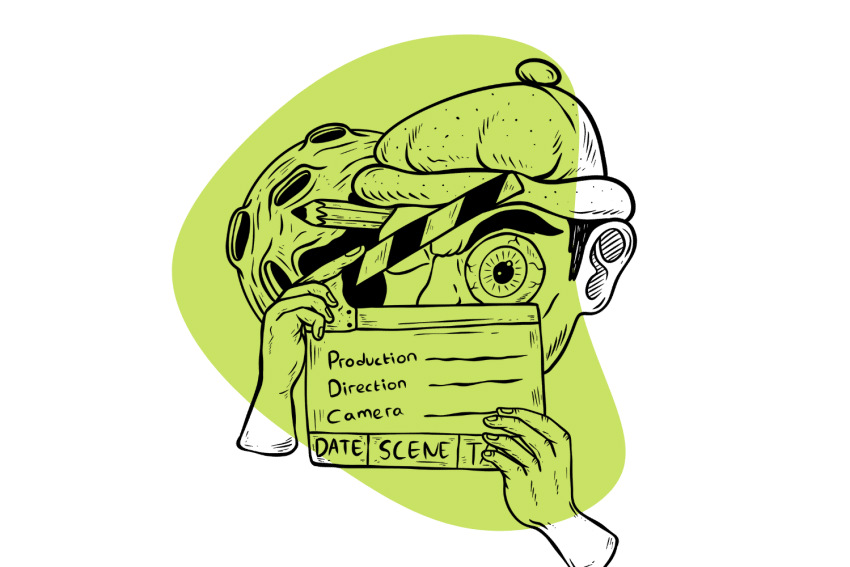What is Reality Shifting?
Reality shifting is the latest TikTok trend focused around traveling your desired reality through your mind.
#ShiftTok

The idea of being able to leave our current reality behind and go somewhere else has always been an appealing one.
Let’s face it; the world is a hard place, and it isn’t hard to imagine somewhere we’d rather be — fictional or otherwise.
However, instead of just hoping for a change or imagining it, some TikTokers claim to have found a way to make it happen on command.
Reality Shifting has become a huge trend recently.
So, what is it? Is reality shifting the real deal?
What Is Reality Shifting?
At its core, reality shifting is the practice of disassociating yourself from the current reality and transporting yourself (mentally, at least) to a different one.
For some people, that might be an alternate reality, for example, where you took a different path in life or made a different life choice.
For others, the reality they shift to might instead be the setting of their favorite fictional universe, like the world of Harry Potter or the fantasy setting of the Game of Thrones TV show.
It isn’t just imagining things; the meaning of reality shifting goes a lot deeper than that.

What Is The Meaning Of Reality Shifting?
At first glance, especially to those older people (i.e., anyone over 25) reading this, it might seem like reality shifting is nothing more than just imagining yourself in a different reality as a sort of daydream.
It goes beyond just simple imagining, though — practitioners of reality shifting claim they don’t just visualize their experiences; they indeed are present and participating in their alternate realities.
Within those worlds, they move around, talk to and interact with its denizens, and experience whatever that particular place offers.
Some people claim that their time in other realities is the same as time in our reality — every minute spent in the world of Harry Potter requires a minute spent focusing on our reality.
Others claim to experience significant time dilation, allowing them to experience far more time in their chosen realities than their physical bodies experience in our reality.
But where did this trend come from? How has this become so insanely popular?
Why Has Reality Shifting Become So Popular?
Like all of the latest trends that have emerged in the last few years, reality shifting exploded in popularity primarily because of TikTok.
The insanely fast, endlessly scrollable TikTok has given birth to a seemingly unlimited number of niche communities. One of the biggest and still fastest-growing is the reality shifters community.
There are reality shifters seemingly all over the world, with 4.5 billion views across hundreds of thousands of videos.
There have even been scientific studies examining why this trend has become so popular.
According to one paper, the most critical aspect of the rise of reality shifting is undoubtedly the onset of COVID and stay-at-home isolation.
With millions of people being forced to isolate themselves in their homes or stay home from school or work, people suddenly had a lot of time on their hands and an especially pressing desire to not be in their current reality anymore.
It’s only natural that there emerged a new way of not only escaping reality but also actually being able to experience new and exciting things in a world of your choosing.

What Are The Different Types Of Reality Shifting?
Reality shifting isn’t just about closing your eyes and imagining yourself in another world. There is a lot of divisive discussion on TikTok about which methods best achieve complete immersion.
Here are a few of the most common methods currently being shared online.
#1: The Raven Method
Perhaps the most common method is the raven method, wherein the person hoping to experience a reality shift lies back, counts to 100, and recites positive affirmations between each count.
This is designed to center and calm you and give you ample time to focus on manifesting the reality you choose.
#2: Alice In Wonderland
The Alice in Wonderland method is less about a specific physical position and more about a particular visualization.
Hopeful reality shifters should lie comfortably, imagine themselves sitting against a tree, and then visualize someone from their desired reality running past them. They should chase the character from there until they metaphorically go down the rabbit hole.
#3: The Pillow Method
This method is more direct in trying to channel your desired reality. Instead of just visualizing it, you write down affirmations on a single piece of paper or notepad.
Then, you repeat your affirmations just before going to sleep with the piece of paper kept underneath your pillow.
This should supposedly allow the hopeful reality shifter to access their desired reality during their sleep more easily.
#4: The Elevator Method
The Elevator method is similar to the Alice in Wonderland method in that you need to visualize the physical act of going into an elector that is then going to your desired reality. As the elevator goes up, your mind can supposedly access more and more of the desired reality until you eventually reach your destination.

Could You Use Psychedelics To Affect Reality Shifting?
When you first hear about reality shifting and experiencing an alternate world in your mind, some people might immediately think of psychedelic trips, such as those experienced while under the influence of substances like LSD and magic mushrooms.
This leads to a pretty natural question — is it possible to use substances like psychedelics to create an actual reality-shifting experience?
Could LSD Help With Reality Shifting?
LSD (lysergic acid diethylamide) is one of the most famous psychedelic substances on Earth, for a good reason.
Studies have shown LSD’s capacity to induce powerful psychedelic experiences while maintaining an impressive safety score. LSD has few effects on the body but profoundly alters the way you think (for several hours, at least).
Under the effects of LSD, users can experience various sensory hallucinations, including auditory and visual hallucinations, as well as sensations of time dilation and changes in mental state.
What’s interesting is that some users report the ability to visit other timelines, or even fictional universes during their trips, just like with reality shifting.
Whether or not an experienced LSD user could channel this desire and specifically go on a trip to their desired reality is not something that is currently known.
However, the possibility remains that hopeful reality shifters could be using substances like LSD to improve their reality shifting and make it easier for them to access it in the first place.
How Could Magic Mushrooms Help With Reality Shifting?
Magic mushrooms are another psychedelic substance well known for their hallucinatory trips that can resemble the concepts of reality shifting.
While there aren’t exactly any studies yet on magic mushrooms or other substances being able to affect reality shifting, it is entirely possible that it could be of some significant use to those attempting to reality shift.
Something to keep in mind, though, is that there are all kinds of different magic mushroom species out there, each with its specific balance of psilocybin and psilocin. This means that different strains of magic mushrooms can have drastically different effects.

Final Thoughts: Where to Learn More About Reality Shifting
The TikTok version of reality shifting is only a year or two old, but concepts of manifestation, hypnosis, and meditation have been around for hundreds of years.
There’s a lot of overlap in the concepts of reality shifting with other imaginative practices. Even shamanism shares some elements with reality shifting, such as the practice of soul retrieval.
There’s a lot of content on TikTok to check out using hashtags like #RealityShifting or #Shiftok, numerous Youtube videos, and even plenty of content over on Instagram.
References
- Somer, E., Cardeña, E., Catelan, R. F., & Soffer-Dudek, N. (2021). Reality shifting: psychological features of an emergent online daydreaming culture. Current Psychology, 1-13.









